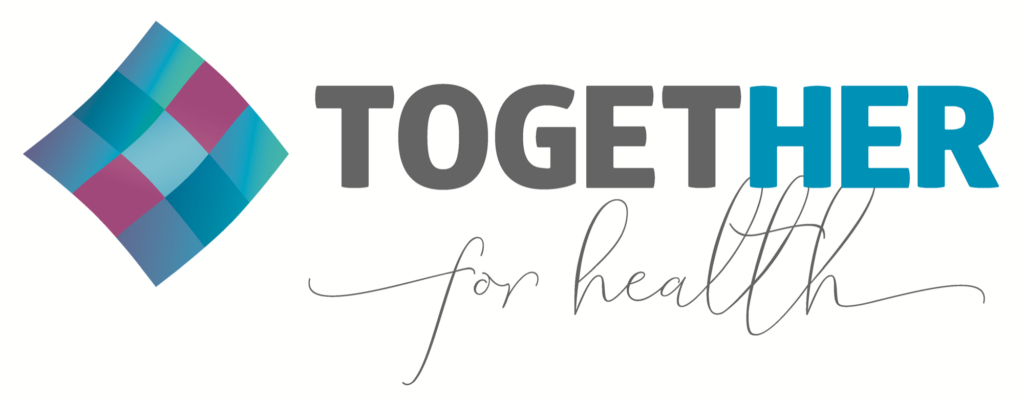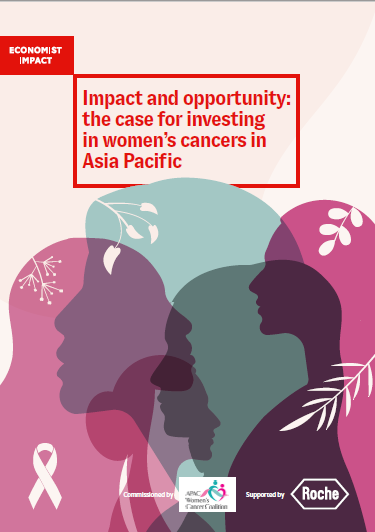New Report: Seize this Opportunity to Address Breast and Cervical Cancer in the Asia Pacific Region

30 August, 2023
The Asia Pacific region accounts for 58% of global cervical cancer deaths, and 45% of global breast cancer cases. At current rates, new cervical cancer diagnoses in the region will rise by 18.9% by 2030, with deaths increasing by almost 25%. Breast cancer diagnoses in the region are projected to rise by 20.9% and deaths by 27.8% in that same period.
The escalating burden of these two women’s cancers in the Asia Pacific region demands a multisectoral response – and the timing could not be more opportune. The World Health Organization has recently launched targets for the elimination of cervical cancer (“90-70-90”) and for massive reductions in breast cancer mortality (“60-60-80”), built on global scientific consensus and endorsed by Member States.
But global and regional progress against breast and cervical cancer will be impossible without country-level planning. Taking inventory of national cancer control capacity and identifying existing gaps are critical steps toward the creation of policies and the mobilization of resources necessary to strengthen the response to breast and cervical cancer.
TogetHER for Health has joined the APAC Women’s Cancer Coalition as a charter member to not only play a role in accelerating access to lifesaving cervical cancer prevention in the Asia Pacific region but to ultimately drive regional progress toward the achievement of World Health Organization global targets for breast and cervical cancer.
We think the launch of a new report by Economist Impact – Impact and opportunity: the case for investing in women’s cancers in Asia Pacific – represents a fantastic start to a regional effort to reduce the burden of cervical cancer and breast cancer by aligning with these global initiatives and identify areas for collaboration to advance prevention, early detection and timely treatment.
Commissioned by the APAC Women’s Cancer Coalition with support from Coalition member Roche, the report provides an in-depth analysis of the state of cervical cancer prevention and breast cancer prevention and care in the region, across six focus countries: India, Indonesia, Malaysia, the Philippines, Thailand, and Vietnam. Situational reports for each of these countries can be found in the report, a key stepping-off point for country advocates and policymakers to advance national goals for breast and cervical cancer control across the region.
The report also summarizes key recommendations and opportunities for national leaders and decision makers to prioritize and act upon to advance and support women’s cancer care in the region:
- Building immunization, screening and patient outcome registries for cervical and breast cancer to enhance performance tracking;
- Accelerating rollout of national immunization programs for HPV and universal cancer screening to provide more effective prevention;
- Prioritizing women’s cancer prevention within key policy areas to achieve national targets for immunization, screening and treatment;
- Designing and implementing effective and sustainable funding models; and
- Supporting people diagnosed with cancer by ensuring that referral and treatment pathways are clear and well-defined.
The report was launched at a webinar on Tuesday, August 22nd, featuring panelists from the Union for International Cancer Control, TogetHER’s member organization Jhpiego, and Roche Indonesia, along with TogetHER’s Executive Director, Heather White. A video of the launch webinar can be found here (in English with translations in Thai, Indonesian, and Vietnamese).
More resources, including country summaries and infographics, are available at the APAC Women’s Cancer Coalition website.
This report should be an essential resource for scaling up cost effective, patient-centric strategies to improve breast and cervical care in this critical region, and ultimately, save lives. TogetHER and our Coalition partners – Roche, CAPED India, Jhpiego, and Crowell & Moring International – look forward to engaging in both dialogue and action with national stakeholders as they work to improve the lives of girls and women in the Asia Pacific region and build a stronger, healthier future.

